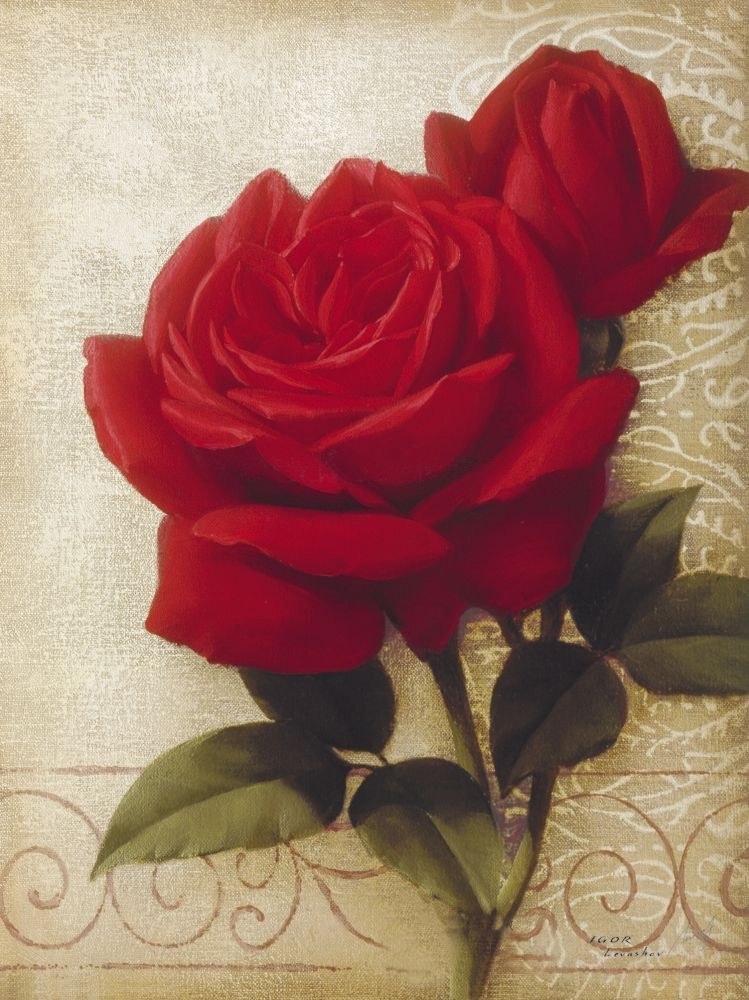Richard Hayley Lever (1876-1958) was an Australian-American painter, etcher, lecturer and art teacher.
His work was part of the art competitions at the 1928 Summer Olympics and the 1932 Summer Olympics.
Richard Hayley Lever was born and brought up in Adelaide, Australia.
He trained as an artist there under the guidance of James Ashton, an English born seascape artist whose son he was later to befriend in St Ives. In 1894 he set sail to Europe to finish his art studies.
Whilst in Paris he studied the human figure under Rene-Francois-Xavier Prinet but showed a natural inclination for open-air subjects and marine pictures.



.jpg)
















